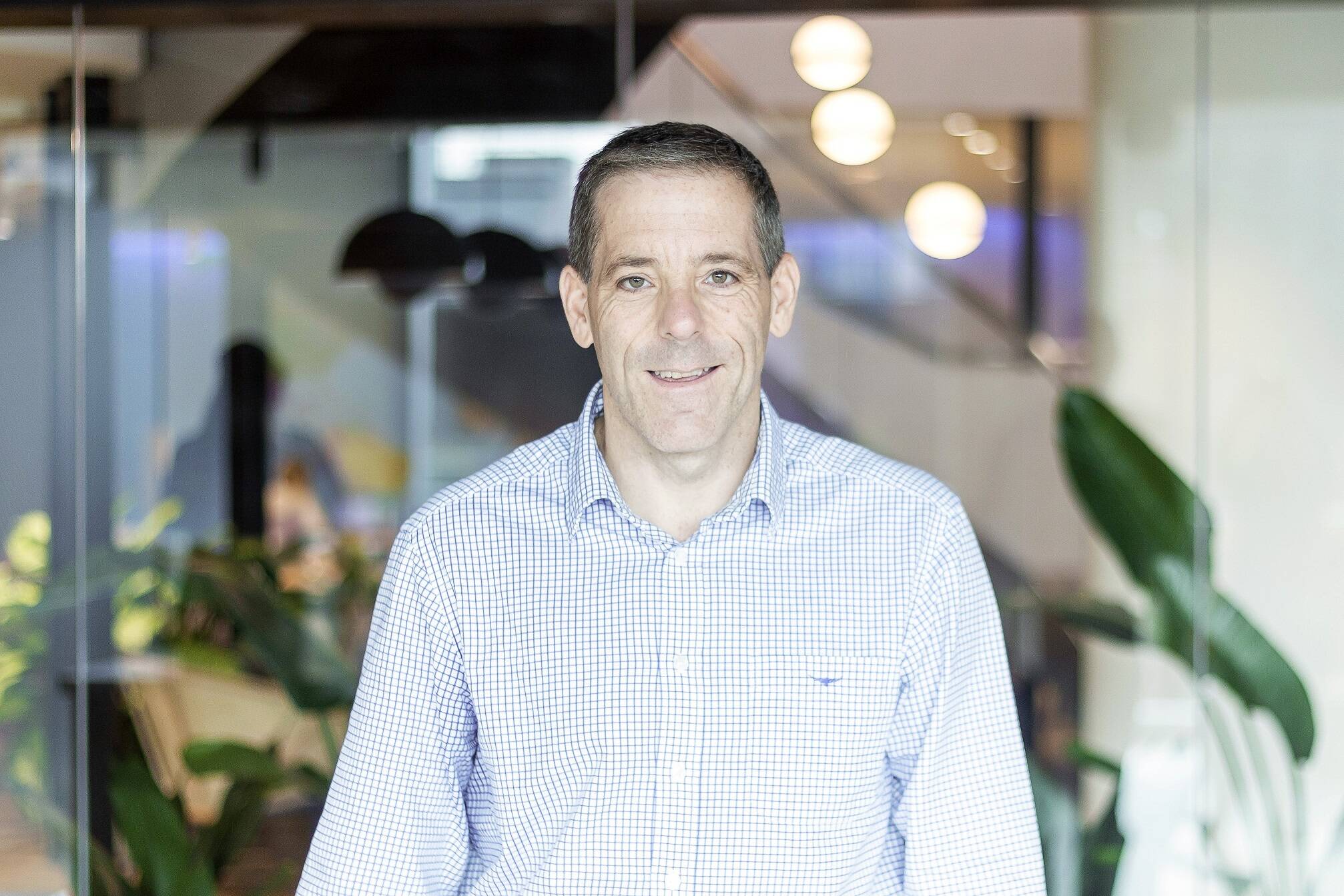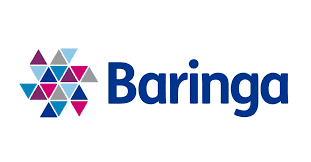This is the Sponsored paywall logged out

Baringa’s Mike Wilks reflects on lessons from the first two ages of network regulation – following privatisation and then the advent of RIIO – and how they can inform the next era of the process. Examining the aim of driving forward net zero, Wilks sets out what he thinks RIIO3 needs to address.
 As we enter the new year and restart the conversation about RIIO3, there is no doubt that this represents a key part of the dawning third age of network regulation and will play a critical role in the energy transition up to 2030 and beyond.
As we enter the new year and restart the conversation about RIIO3, there is no doubt that this represents a key part of the dawning third age of network regulation and will play a critical role in the energy transition up to 2030 and beyond.
The privatisation of the energy networks in 1990 launched the first age of network regulation: ‘deliver more efficiently’. For all of the 1990s and early 2000s, the focus was on reducing costs and RPI-X. Regulation had a very clear and simple objective – to make energy networks operate more efficiently. Over that period, the networks cost of delivering energy to customers fell significantly – about 30%-40% in real terms across different network companies – as existing energy network companies became dramatically leaner.
It became clear in the early 2000s that while Ofgem had been successful in reducing network costs, simply driving performance efficiency was not enough. It was essential to deliver ever-improving outcomes to customers, not just maintain levels of service. At the same time, energy networks should not be delivering ‘efficiencies’ by simply not doing things, particularly given the longer-term risks this approach presents to network health and performance. Hence, in 2007, RIIO [Revenue = Innovation, Incentives and Outputs] was born, and the second age of network regulation began, with a new focus to ‘deliver better customer outcomes’.
In this second age, the introduction of competition was seen as a key lever for customer value, as exemplified by offshore network competition and competition in connections. New products and services from new parties were also actively enabled through Ofgem’s introduction of (a) Totex regulation – breaking the ‘Capex good, Opex bad’ paradigm, and (b) more than £1.7 billion of innovation funding – initially in the form of the Low Carbon Network Fund. Both incentivised network companies to focus on outcomes and to identify new alternatives to BAU network asset solutions which delivered as, if not more, effectively.
The first and second ages of regulation have delivered great benefits for end consumers, shareholders and GB plc. They have also made GB energy networks amongst the most financially attractive worldwide to both short- and long-term investors, resulting in more than £100 billion of investment in our energy networks. However, the regulatory approaches of the first and second age are effective when societal and customer needs are relatively stable, but less so when the world is changing, service needs are growing and speed of delivery is key.
Hence, in the context of the UK government’s future commitment to delivering net zero, rapid emergence of new sector technologies/participants, rapidly escalating customer energy demand and energy reliance and the impact of the Ukraine conflict on GB energy security of supply, a new approach to network regulation is needed. And so, we are entering the third age of network regulation, namely, ‘deliver growth strategically and securely’. We will need to deliver as much investment in our energy networks to build new infrastructure in the next 10 years as we have in the past 30 years.
We have already seen the early elements of this third age emerge in the past year: (1) RIIO-ED2, with the introduction of the distribution system operator (DSO) function within DNOs; (2) OTNR – the Offshore Transmission Network Review and the ESO’s Holistic Network Design (HND) which followed – concluded that an integrated approach was required to provide a more coordinated view of network investment needs and incentivise parties to work together to deliver more efficient infrastructure; and (3) ASTI – the Accelerated Strategic [Onshore] Transmission Investment initiative published by Ofgem just before Christmas – ringfencing and fast-tracking 26 strategic network reinforcements by onshore TOs.
At the same time, in this dawning new age, we also see the industry grappling with further major changes to network activities and their regulation as part of: (1) FSO – the question of what role the Future (Independent Whole) System Operator should play in guiding and shaping network activities in electricity and gas; (2) REMA – with its Review of (GB) Electricity Market Arrangements, including network activities; and (3) GBCR – the reform of GB connection arrangements to fix what everyone in the industry recognises as a current process which is not fit for purpose to deliver net zero.
This is all because to deliver net zero in GB, we need to build a lot of new infrastructure and we need to secure a lot of investment to do so, not to mention deploy a lot of resource, both assets and people – and in a relatively short timeframe. For example, the recent ESO Holistic Network Design for offshore electricity networks alone set out £54 billion of investment, underpinning the creation of 168,000 new jobs between now and 2030.
Before anyone thinks the focus is only on electricity, while electricity is clearly going to be the most prominent part, let us not forget the role of our gas networks in delivering new hydrogen infrastructure. Even though we now see major innovation-funded commercial trials on hydrogen deployment, the discussion is lagging on the most effective regulatory approach to the deployment of hydrogen infrastructure at scale and in a widespread way. The 2022 winter readiness activities clearly demonstrated the merits of diversity, flexibility and self-sufficiency and that there is no single solution if we are to meet our 2030 and 2050 ambitions.
So, what’s needed is a fundamental change in the focus of network regulation – but as the above shows, we are already in the dawn of that new third age, so it is no surprise that the consensus response to Ofgem’s open letter on RIIO3/future network regulation was “evolution, not revolution”. Namely, (a) build on what has worked well in the past; (b) build on what is already beginning to be applied today; and (c) rather than pursue a radical wholesale change akin to RPI-X to RIIO, simply address shortcomings. In other words, augment and refine RIIO in key areas to reinforce that new focus to deliver growth strategically and securely.
In our view, as a core part of this third age of network regulation, RIIO3 will need to:
- Further underpin the ability to deliver infrastructure at scale, in a coordinated and timely way – both offshore and onshore, building on the OTNR and ASTI regulatory initiatives. This will allow TOs to confidently invest in securing their supply chain and employing people to deliver it.
- Recognise the important role of gas networks in enabling a secure energy transition as we decarbonise heat and transport both transitionally using methane and enduringly through the potential use of hydrogen at scale. A two-part approach to gas network regulation may be needed for BAU vs. transition and/or methane and hydrogen delivery.
- Make sure the FSO and, in time, DSOs are fully set up and empowered to play their roles in delivering an operable net zero energy system in the most cost-effective way. Roles and responsibilities between FSO, DSO, TO and DNO need to be crystal clear and fit for the future.
- Avoid a one-size-fits-all approach to regulating network activities. Handle net zero pathway uncertainty by providing stability and certainty wherever possible, and by using dynamic tools to allow faster decision-making outside of the five-year cycle.
- Remember that maintaining investor confidence is critical to funding the assets and people we need to deliver the network infrastructure that securely enables net zero. Financeability and the impact of incentives on risk is obviously key. However, removing barriers to the ability to deploy that finance in a timely fashion to deliver ‘real’ projects is equally important for investors.
On a relevant note, outside the control of Ofgem and RIIO3, the UK government will also need to bite the bullet on the planning consents process, which currently adds huge delays and costs to any significant UK mainland infrastructure deployment. Urgent reforms are needed to recognise the economic, societal and environmental benefits of net zero and the new energy network infrastructure that delivers it. We can no longer afford local NIMBY mindsets to act as a blocker to delivering the greater good of the UK’s net zero ambition.
We have already supported and continue to support BEIS, Ofgem and network utilities in several new features of this third age of network regulation. We also have lots of ideas around RIIO3’s central role and are already discussing and sharing these across the industry, not just with our clients.
It is clear that 2023 will be an interesting and pivotal year, and we look forward to working with the industry to help shape both RIIO3 and the overarching Third Age of Network Regulation.





Please login or Register to leave a comment.